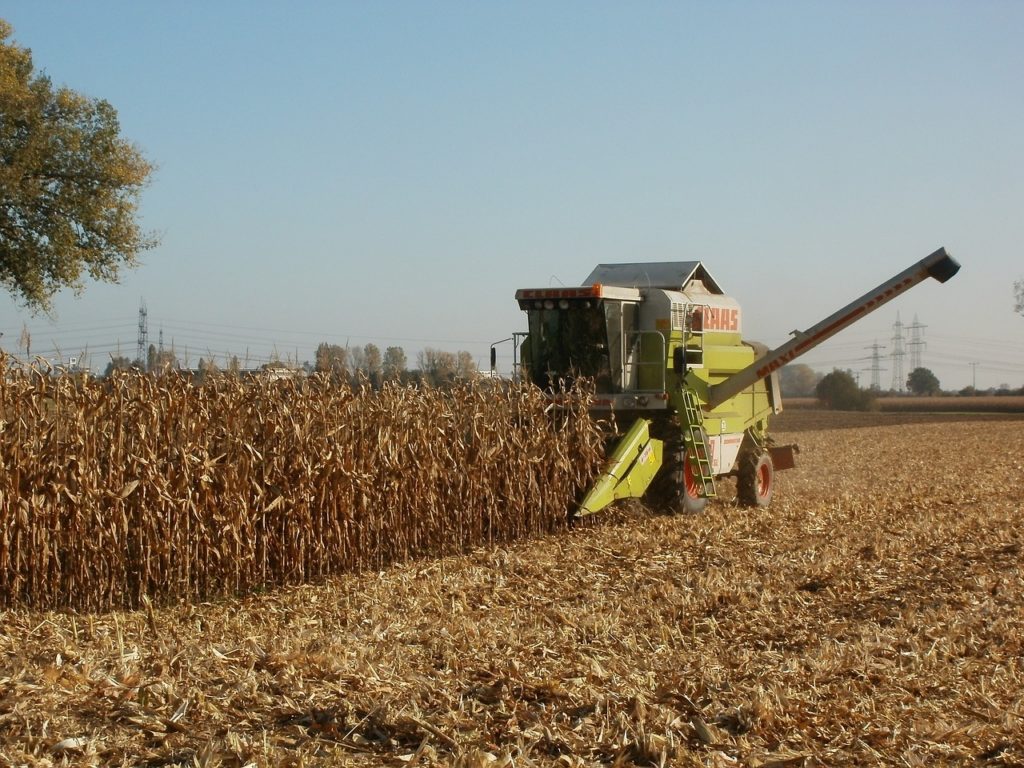Africa, being a largely agricultural continent, relies on various types of farming to support its growing population. Below are the most common types of farming in Africa.
1. Irrigated farming
- This type of farming is predominant in Nigeria, Mali, Egypt, Senegal, and Mauritania. It consists of large-scale irrigation schemes that are used to irrigate tracts of farmland on which vegetables and mixed cereals are grown.
- The most common example in Africa is the Gezira Irrigation Scheme in Sudan, which is based on fertilization of flood and river waters.
- Irrigated farming is however affected by scheme breakdowns and water shortages in dry regions.
2. Highland Perennial Farming
- Highland perennial farming is another of the commonly practiced types of farming in Africa. It involves planting perennial crops like coffee, bananas, and plantains complemented by cereals, sweet potatoes, and cassava.
- In several instances, farmers practicing highland perennial farming will also keep cattle for milk, manure, bridewealth, and social security.
- This type of farming, practised mainly in Ethiopia, Ghana, Rwanda, and Ghana, is facing a decline due to reducing farm size and decreasing soil fertility.
3. Maize Mixed Farming

- This is the most common type of farming in Africa and is practiced mainly in the Eastern and Southern parts of the continent (Kenya, Zambia, Tanzania, Lesotho, Malawi, and Swaziland).
- The main crop grown is corn (maize). Farmers also opt to grow other crops like tobacco, cotton, coffee, legumes, pulses, and sunflower, as well as keep cattle and other small ruminants to supplement their income.
- This type of farming is extremely vulnerable to drought and market volatility.
4. Root Crop Farming
- Root crop farming, which simply means farming root crops, is common in Togo, Benin, Nigeria, Sierra Leone, Côte d’Ivoire, and Cameroon and other areas with humid and sub-humid climates.
- This type of farming contributes to high crop yields even during drought, as there is a low risk of crop failure. Households that practice this type of farming are generally food secure even during periods of drought.
5. Large Commercial and Small Holder Farming
- This type of farming, another of the predominant types of farming in Africa, consists of large scale commercialized farming and scattered small scale farming. Both types, however, use the mixed system of agricultural production.
- Large commercial and smallholder farming systems are common in dry sub-humid and semi-arid zones.
- The main crops cultivated are grains. Corn is concentrated in the Northern and Eastern regions of Africa, while millet and sorghum are cultivated in the Western regions.
6. Rice – Tree Crop Farming
- Rice-tree crop farming is practised in sub-humid and humid zones, like Madagascar.
- This type of farming is found on small farms, where banana and coffee are cultivated, complemented by legumes, cassava, maize, and rice.
7. Pastoral Farming
- Pastoral farming is prevalent in the arid areas of Africa, i.e. Kenya, Ethiopia, Eritrea, Chad, Niger, Sudan, Mali, Uganda, and also in pastoral areas like Southern Angola, Namibia, and parts of Botswana.
- Emphasis is on livestock production through keeping on livestock for meat and meat products, wool and dairy products. Most pastoral farmers keep sheep, goats, and cattle.
- Seasonal migration in search of food, water, and crop residues is the main characteristic of this type of farming.
Above are the most comment types of farming in Africa, farming types that are both as a means of subsistence and income generation.
